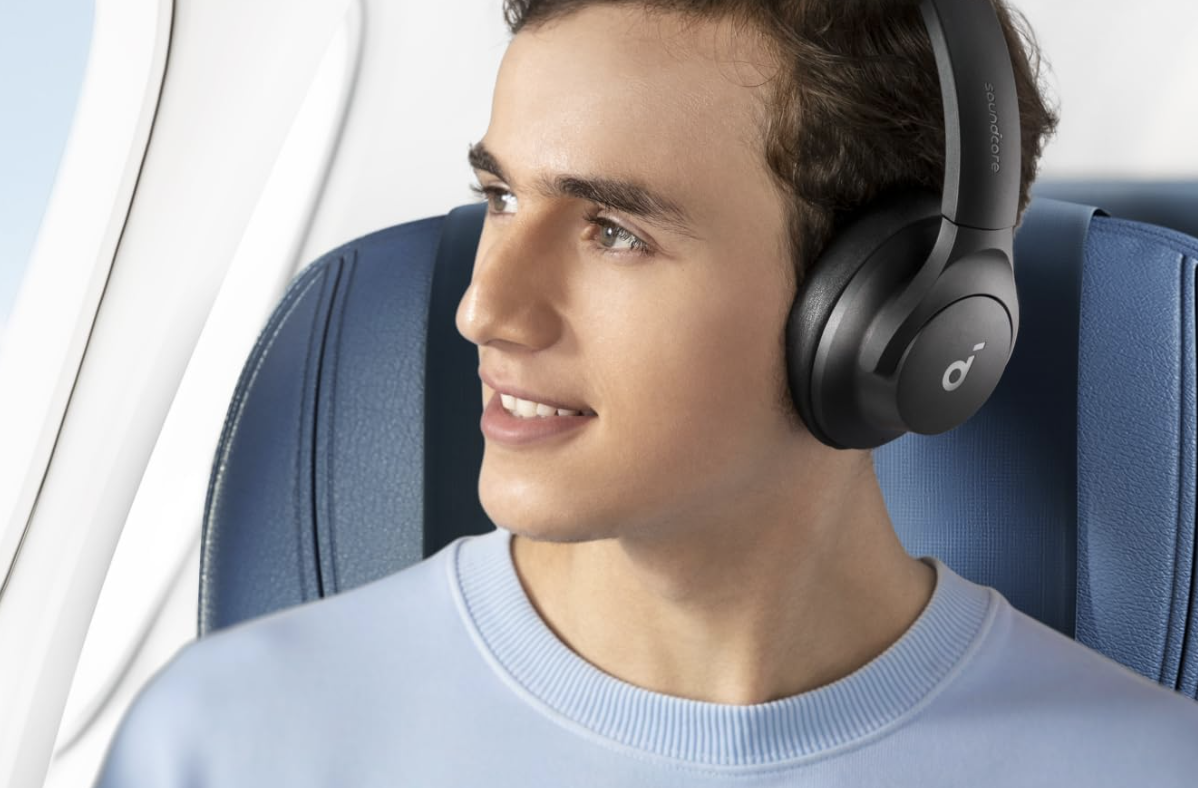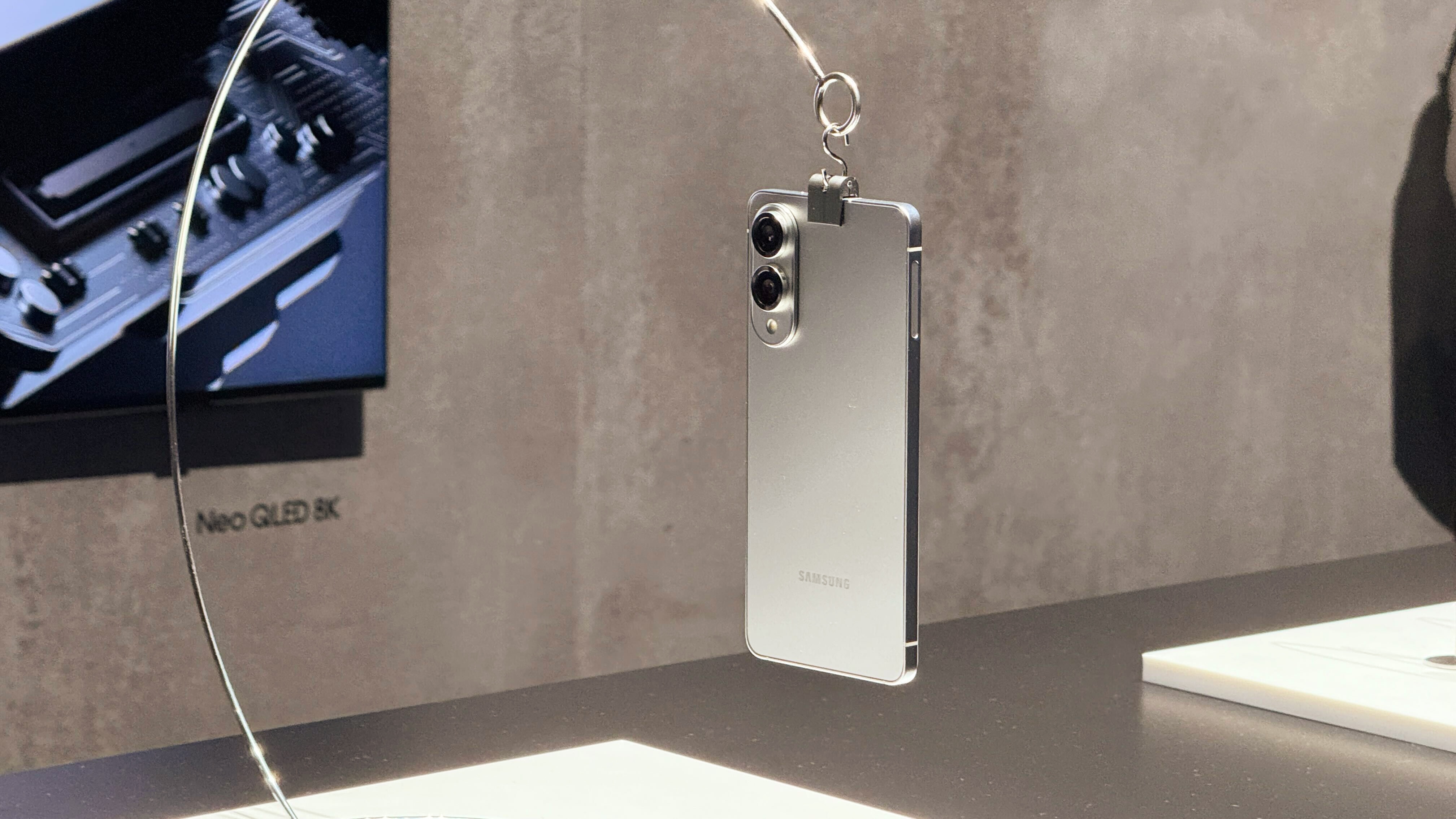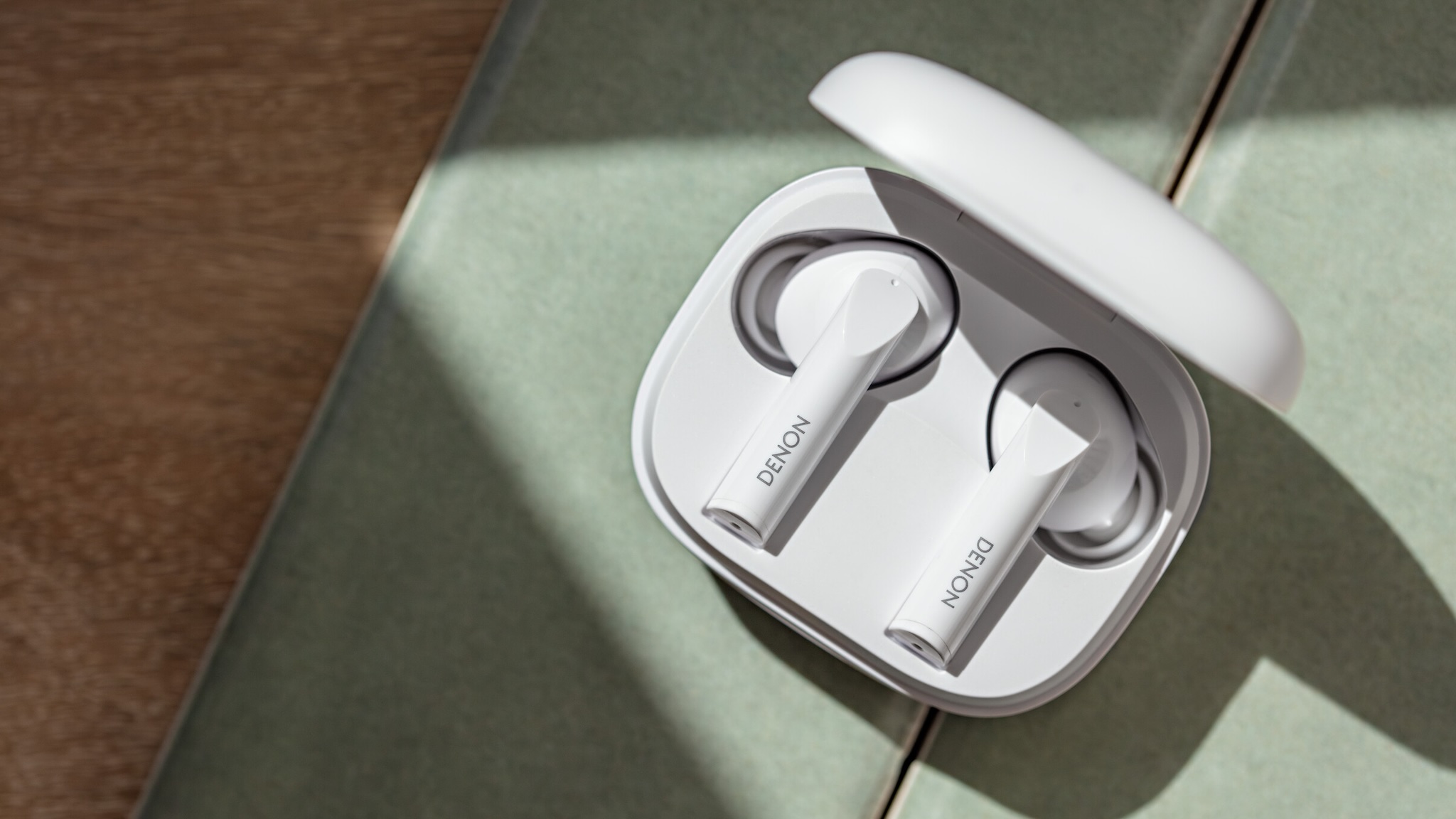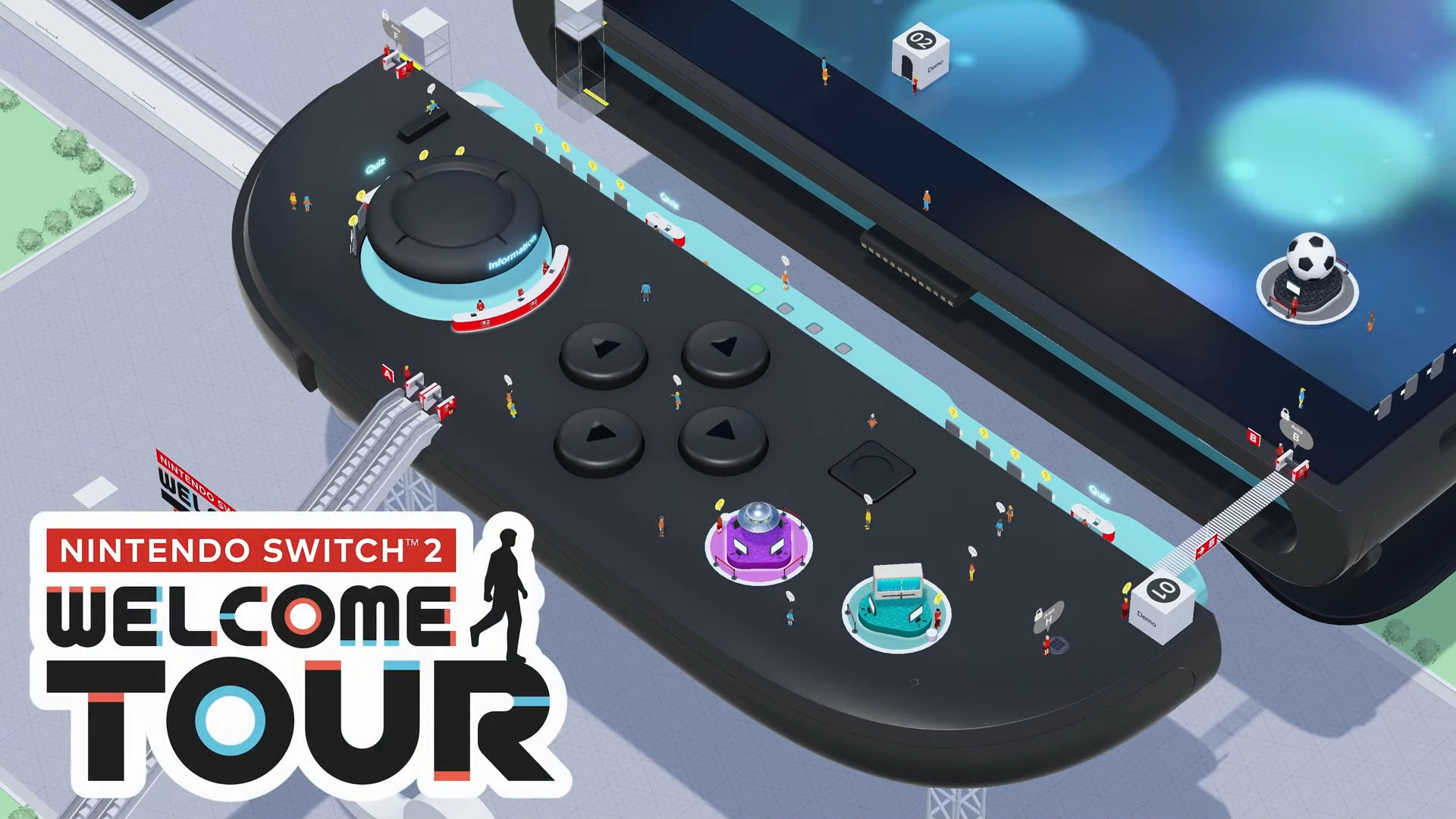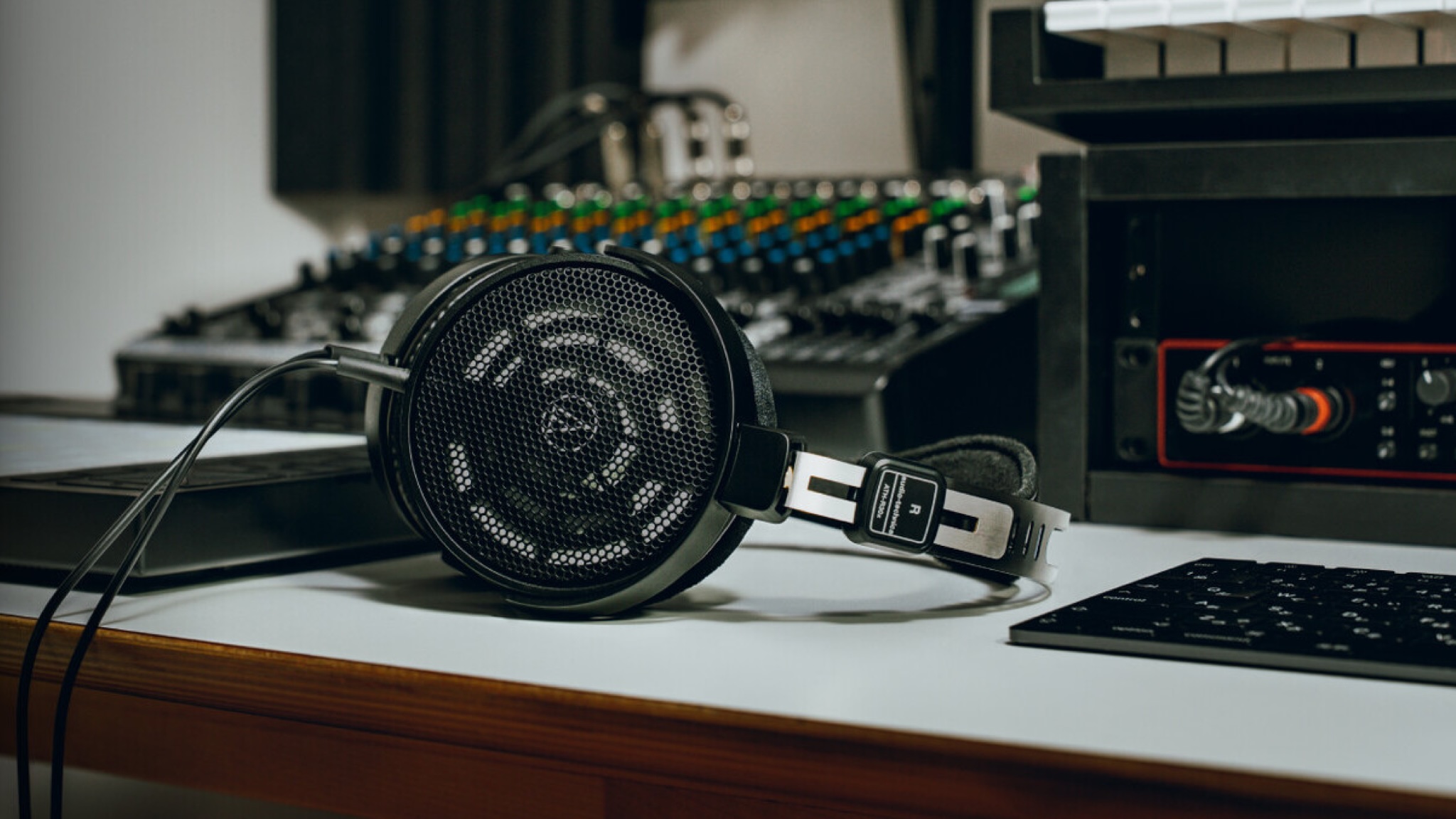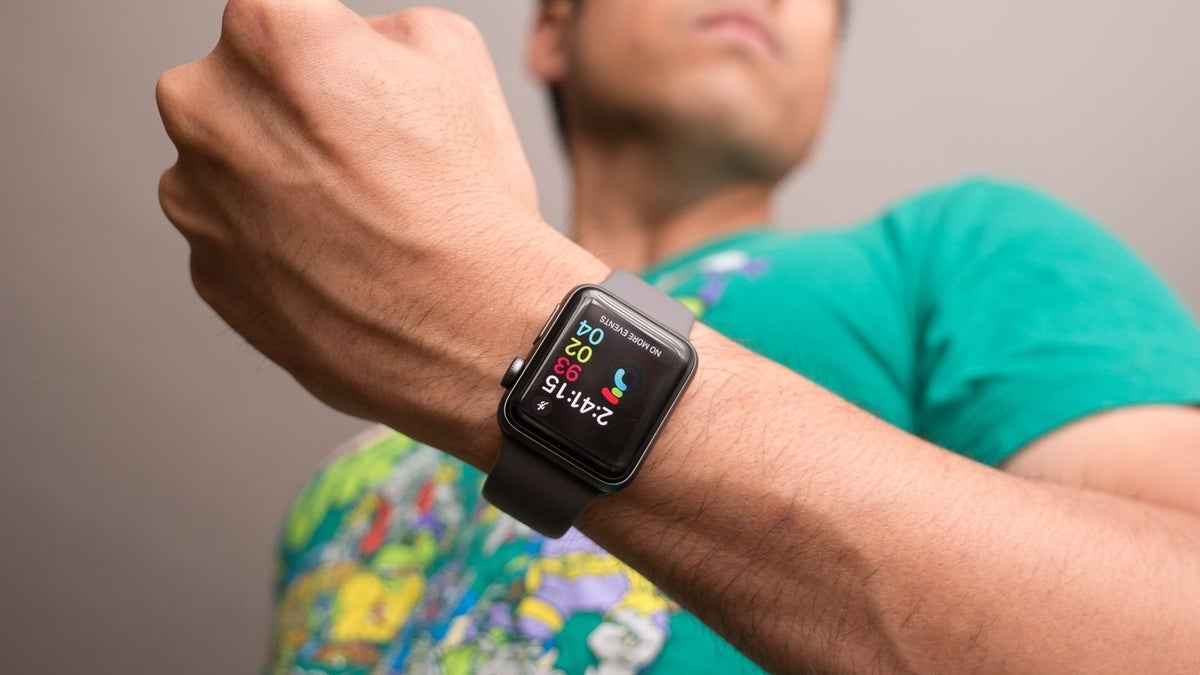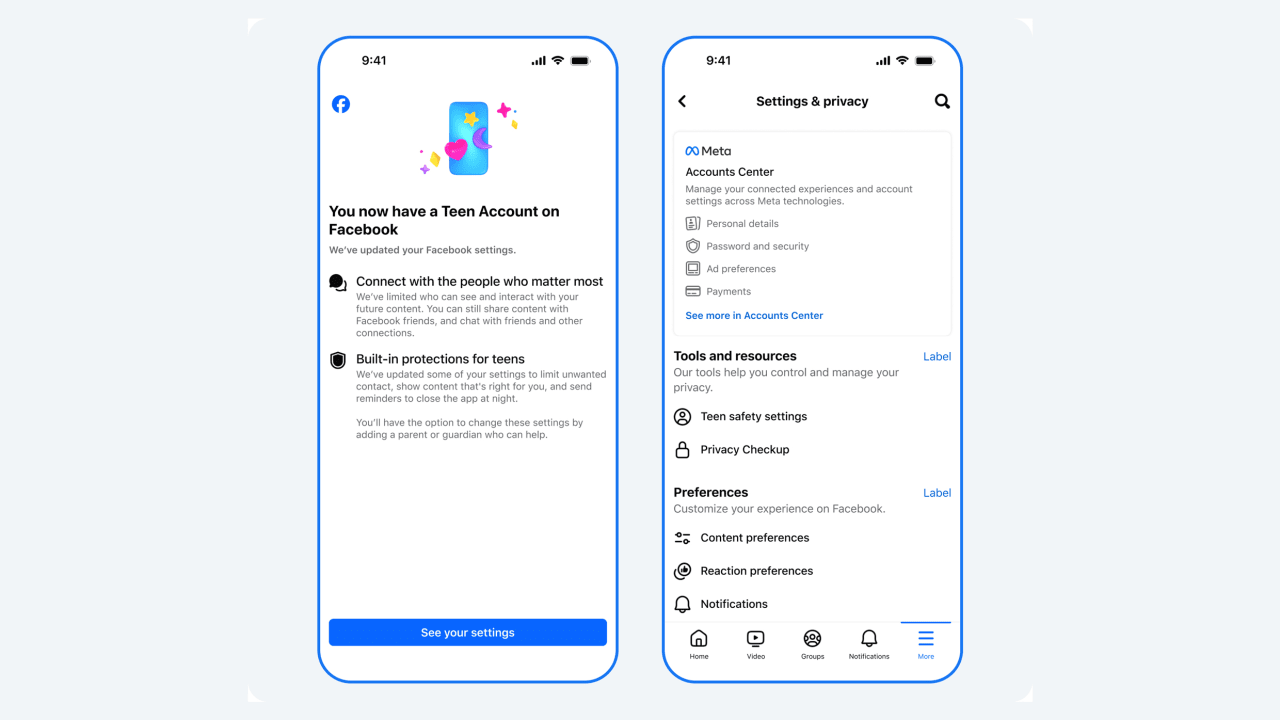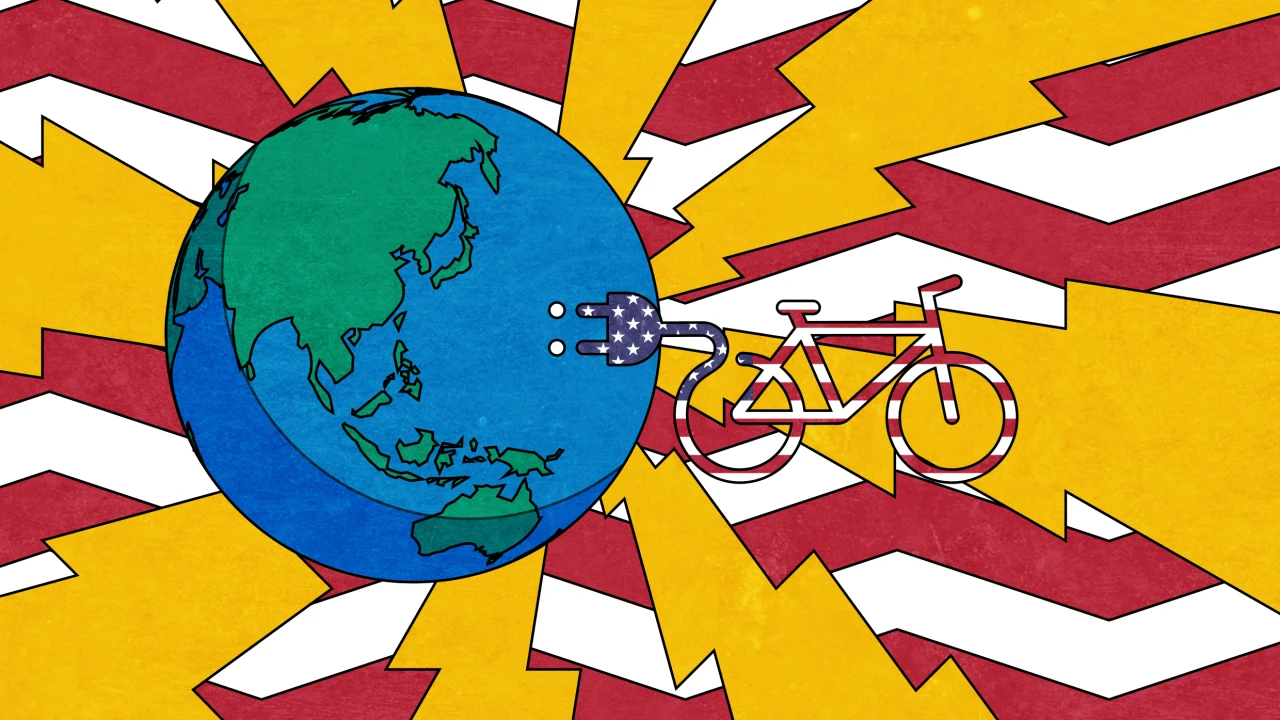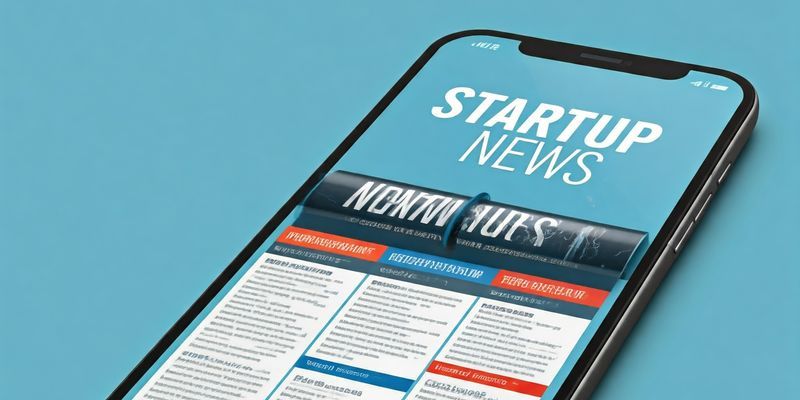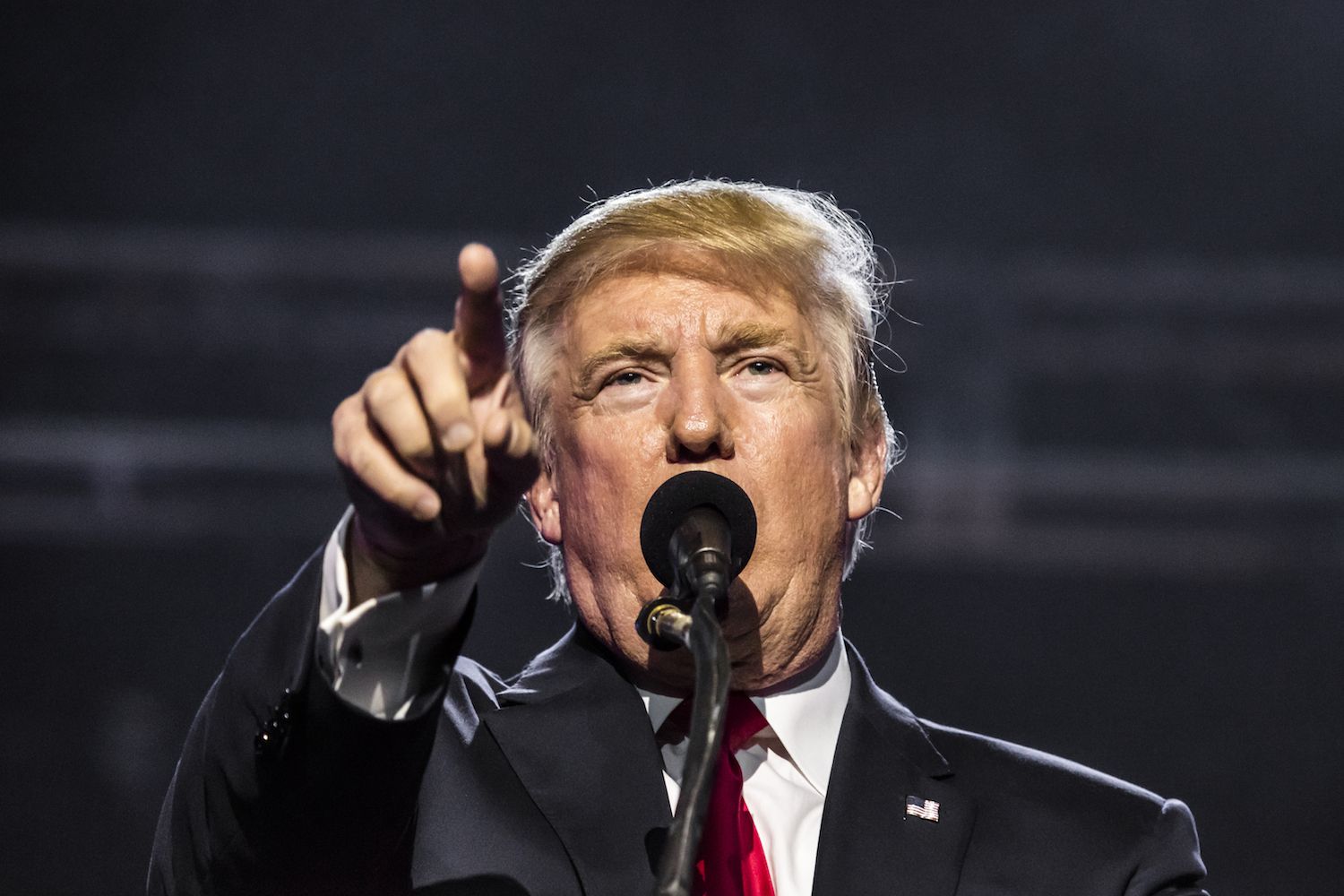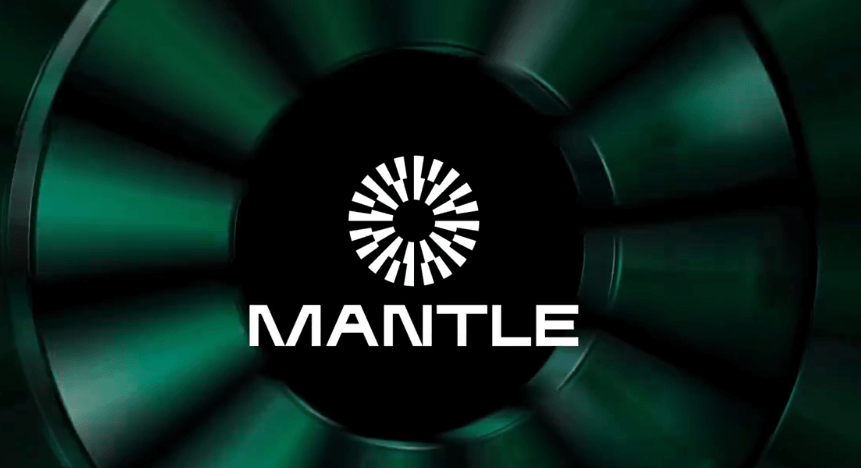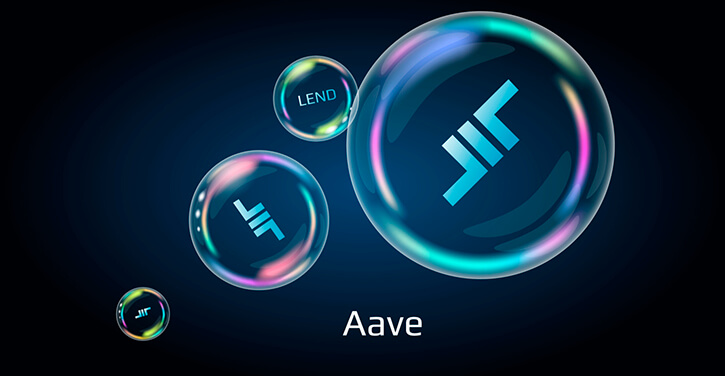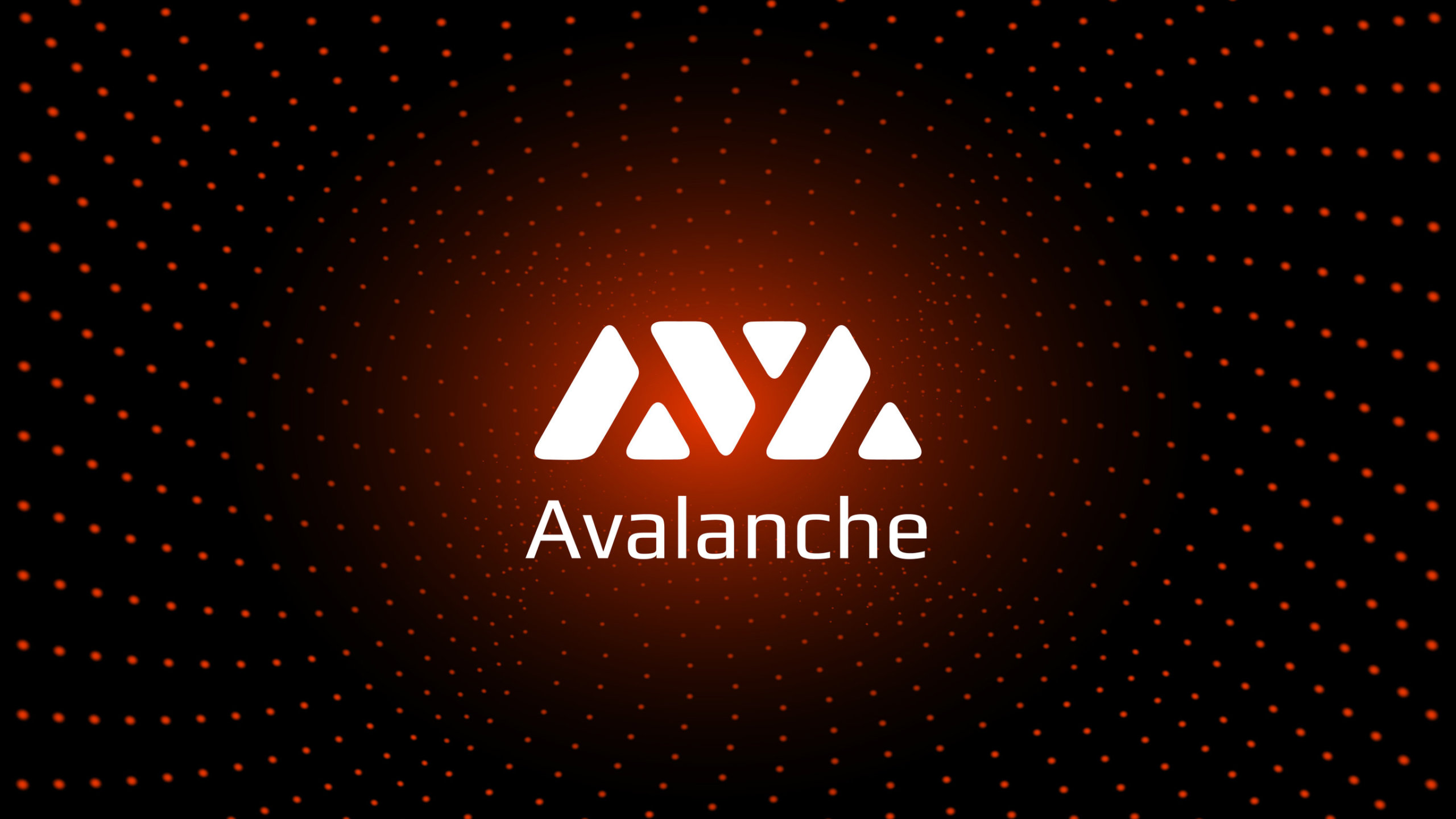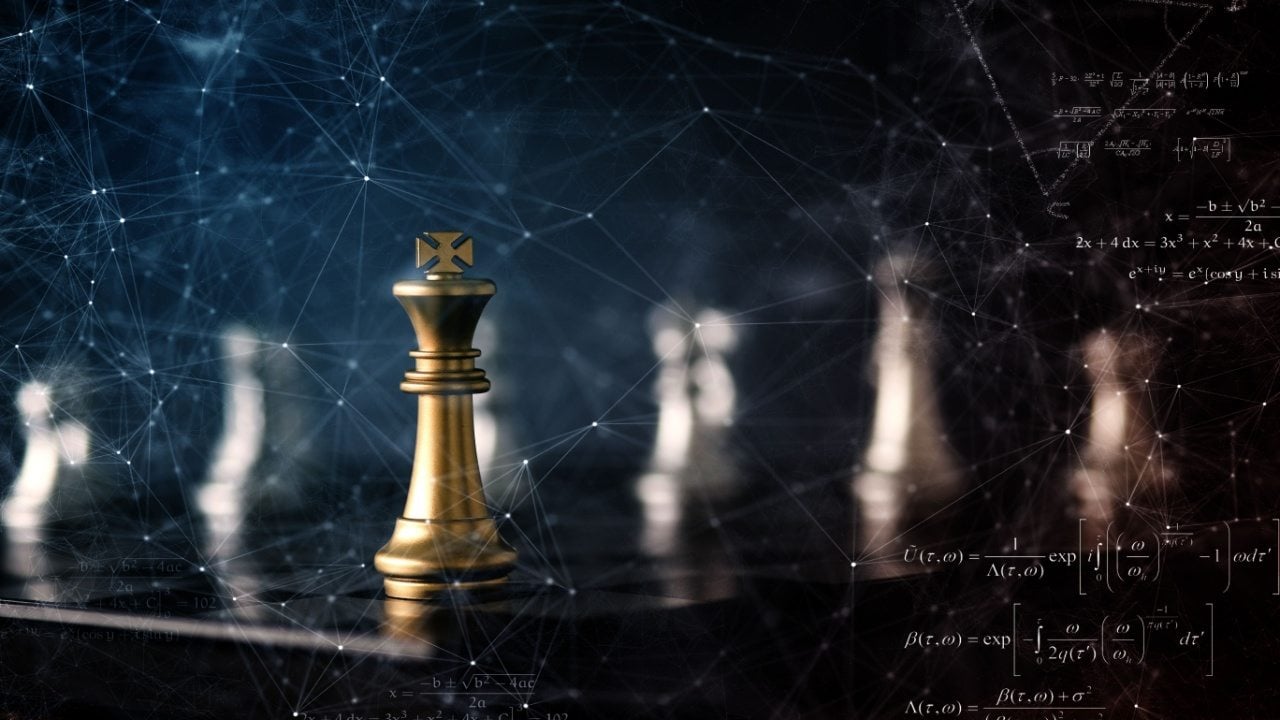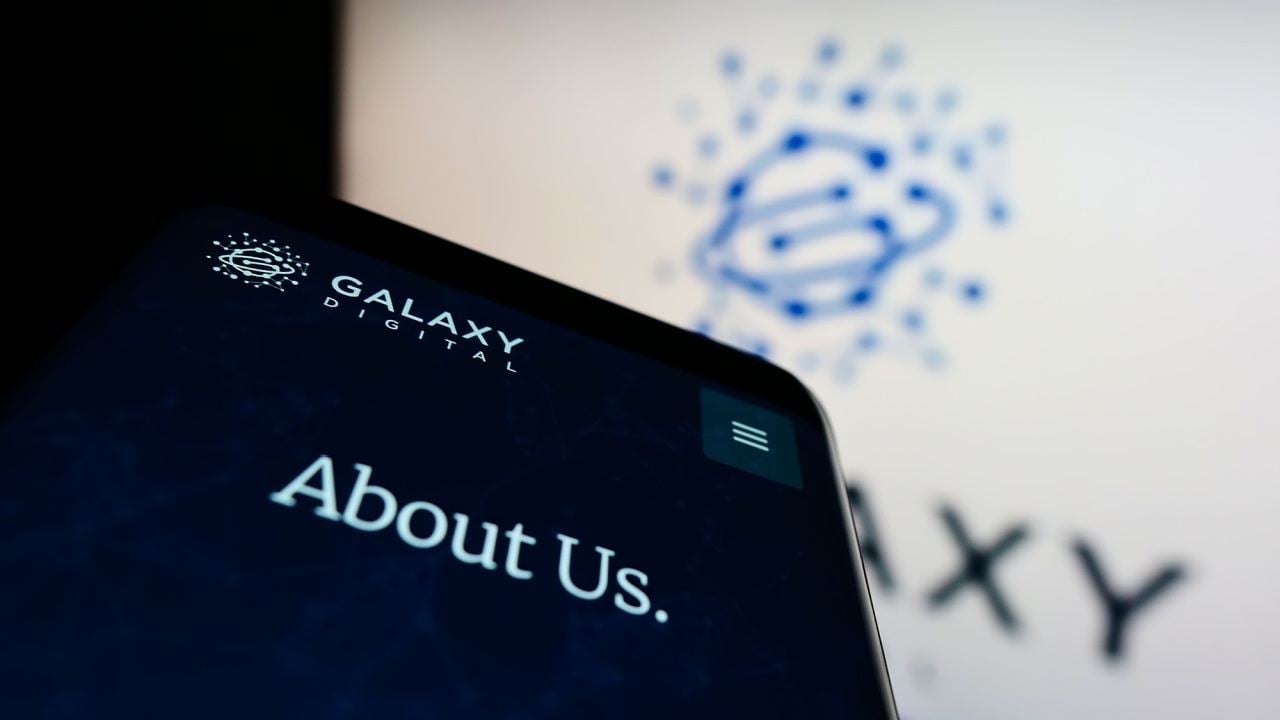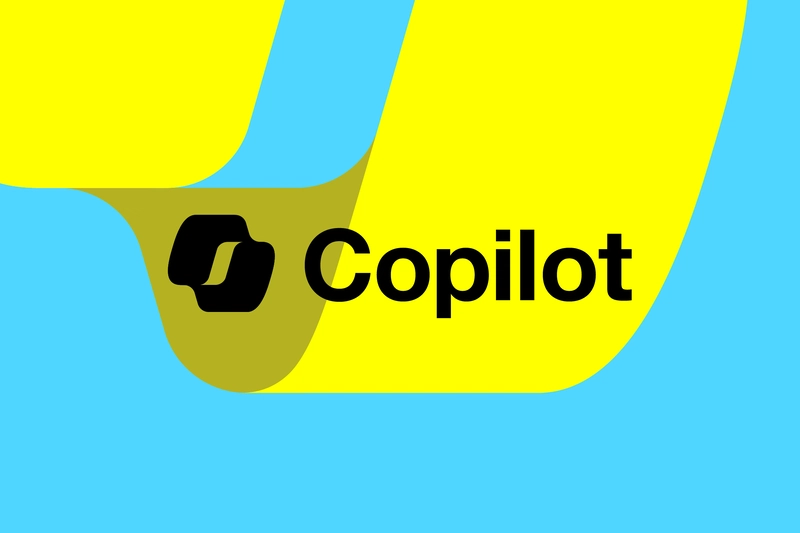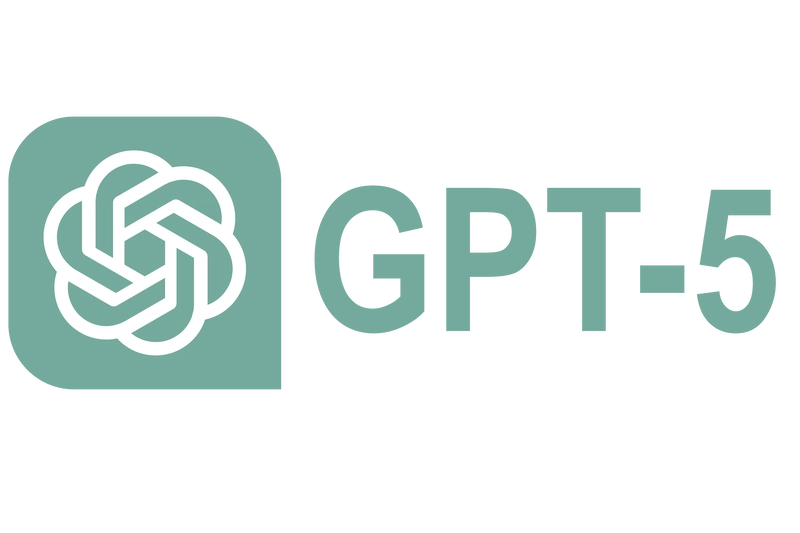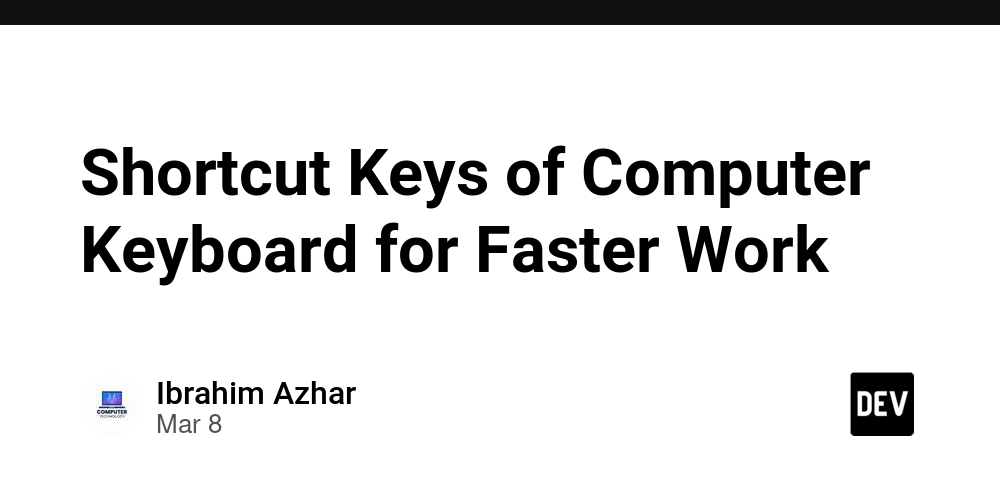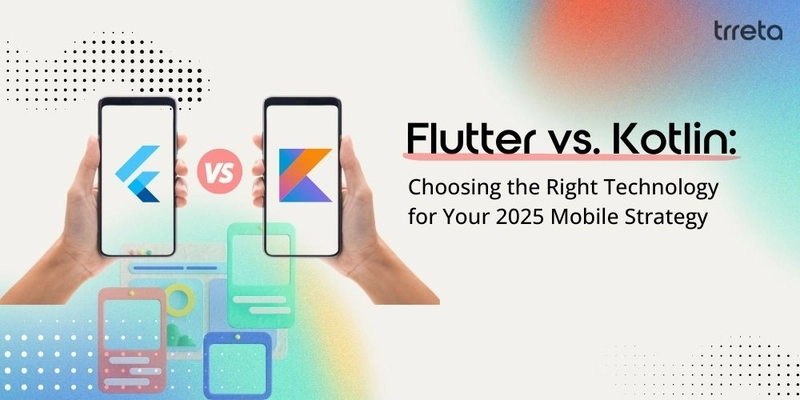OpenAI Enhances GPT-4 with Improved Image Generation and Safety
Originally published at ssojet OpenAI released a new version of GPT-4o with native image generation capability. The model can modify uploaded images or create new ones from prompts and exhibits multi-turn consistency when refining images. OpenAI's CEO Sam Altman announced the release in a recent livestream. Unlike the previous iteration, which invoked an external model like DALL-E, the new model is trained to handle image output as a native modality. It employs an autoregressive generation method, enhancing its ability to render text accurately and follow prompts effectively. Image courtesy of CNET OpenAI trained the new model on a combination of image and text data, including "aggressive post-training." The model can generate images with "up to 10-20 different objects," although it may struggle with rendering more. As a safety feature, generated images include C2PA tags indicating AI generation. OpenAI will block generation of images that violate content policies, but it has stated that if users explicitly ask for something edgy, the model will respect that intent. For more details, see OpenAI's announcement and the updated system card. Microsoft 365’s Copilot Gets a GPT-4 Turbo Upgrade and Improved Image Generation Microsoft is rolling out priority access to GPT-4 Turbo for business subscribers of its AI-powered Copilot assistant. This upgrade unlocks access to OpenAI’s latest model inside the Copilot mobile app, on the web, in Windows, and Edge. Businesses now have no limits on the number of chats per day, making it more suitable for enterprise needs. Image courtesy of The Verge Additionally, Microsoft is enhancing image generation capabilities in Microsoft Designer for business subscribers, allowing the creation of 100 images per day instead of the previous limit of 15. This feature uses OpenAI’s DALL-E 3 model and promises rapid image generation to reduce waiting times. For more insights, visit Microsoft's official blog. GPT-4 Shows Promise in Locating Brain Lesions After Stroke A study has found that GPT-4 can assist neurologists in locating brain lesions after a stroke by processing text from health histories and neurologic examinations. Researchers used 46 published cases to evaluate GPT-4's effectiveness in identifying lesions and their locations in the brain. Image courtesy of American Academy of Neurology GPT-4 accurately identified lesion sides with a sensitivity of 74% and specificity of 87%, and brain regions with a sensitivity of 85% and specificity of 94%. While the study highlights GPT-4's potential, researchers noted that its accuracy depends on the quality of information provided. For detailed findings, refer to the American Academy of Neurology's press release. ChatGPT 5 Is Expected to Arrive in 2025 ChatGPT 5, the next significant upgrade to OpenAI's language model, is anticipated to launch in 2025. This timeline allows OpenAI to refine and enhance AI capabilities, focusing on improvements in task automation and reasoning abilities. Image courtesy of 9meters Expected advancements include better language understanding, improved reasoning, multimodal capabilities, and fewer factual errors. As the AI field evolves, ChatGPT 5 may introduce features that further bridge the gap between artificial and human intelligence. For more information, visit 9meters. Explore SSOJet's API-first platform designed to implement secure SSO and user management for enterprise clients. Our features include directory sync, SAML, OIDC, and magic link authentication to streamline authentication processes. For more information, visit us at https://ssojet.com or contact us today.
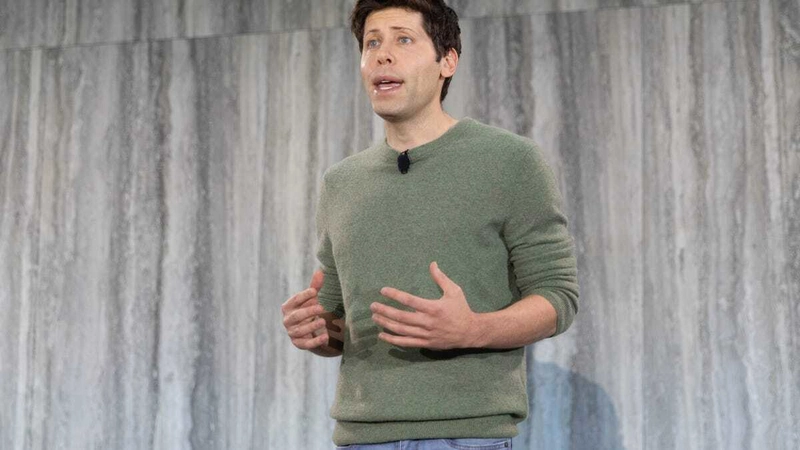
Originally published at ssojet
OpenAI released a new version of GPT-4o with native image generation capability. The model can modify uploaded images or create new ones from prompts and exhibits multi-turn consistency when refining images. OpenAI's CEO Sam Altman announced the release in a recent livestream. Unlike the previous iteration, which invoked an external model like DALL-E, the new model is trained to handle image output as a native modality. It employs an autoregressive generation method, enhancing its ability to render text accurately and follow prompts effectively.
Image courtesy of CNET
OpenAI trained the new model on a combination of image and text data, including "aggressive post-training." The model can generate images with "up to 10-20 different objects," although it may struggle with rendering more. As a safety feature, generated images include C2PA tags indicating AI generation. OpenAI will block generation of images that violate content policies, but it has stated that if users explicitly ask for something edgy, the model will respect that intent.
For more details, see OpenAI's announcement and the updated system card.
Microsoft 365’s Copilot Gets a GPT-4 Turbo Upgrade and Improved Image Generation
Microsoft is rolling out priority access to GPT-4 Turbo for business subscribers of its AI-powered Copilot assistant. This upgrade unlocks access to OpenAI’s latest model inside the Copilot mobile app, on the web, in Windows, and Edge. Businesses now have no limits on the number of chats per day, making it more suitable for enterprise needs.
Image courtesy of The Verge
Additionally, Microsoft is enhancing image generation capabilities in Microsoft Designer for business subscribers, allowing the creation of 100 images per day instead of the previous limit of 15. This feature uses OpenAI’s DALL-E 3 model and promises rapid image generation to reduce waiting times. For more insights, visit Microsoft's official blog.
GPT-4 Shows Promise in Locating Brain Lesions After Stroke
A study has found that GPT-4 can assist neurologists in locating brain lesions after a stroke by processing text from health histories and neurologic examinations. Researchers used 46 published cases to evaluate GPT-4's effectiveness in identifying lesions and their locations in the brain.
Image courtesy of American Academy of Neurology
GPT-4 accurately identified lesion sides with a sensitivity of 74% and specificity of 87%, and brain regions with a sensitivity of 85% and specificity of 94%. While the study highlights GPT-4's potential, researchers noted that its accuracy depends on the quality of information provided. For detailed findings, refer to the American Academy of Neurology's press release.
ChatGPT 5 Is Expected to Arrive in 2025
ChatGPT 5, the next significant upgrade to OpenAI's language model, is anticipated to launch in 2025. This timeline allows OpenAI to refine and enhance AI capabilities, focusing on improvements in task automation and reasoning abilities.
Image courtesy of 9meters
Expected advancements include better language understanding, improved reasoning, multimodal capabilities, and fewer factual errors. As the AI field evolves, ChatGPT 5 may introduce features that further bridge the gap between artificial and human intelligence. For more information, visit 9meters.
Explore SSOJet's API-first platform designed to implement secure SSO and user management for enterprise clients. Our features include directory sync, SAML, OIDC, and magic link authentication to streamline authentication processes. For more information, visit us at https://ssojet.com or contact us today.


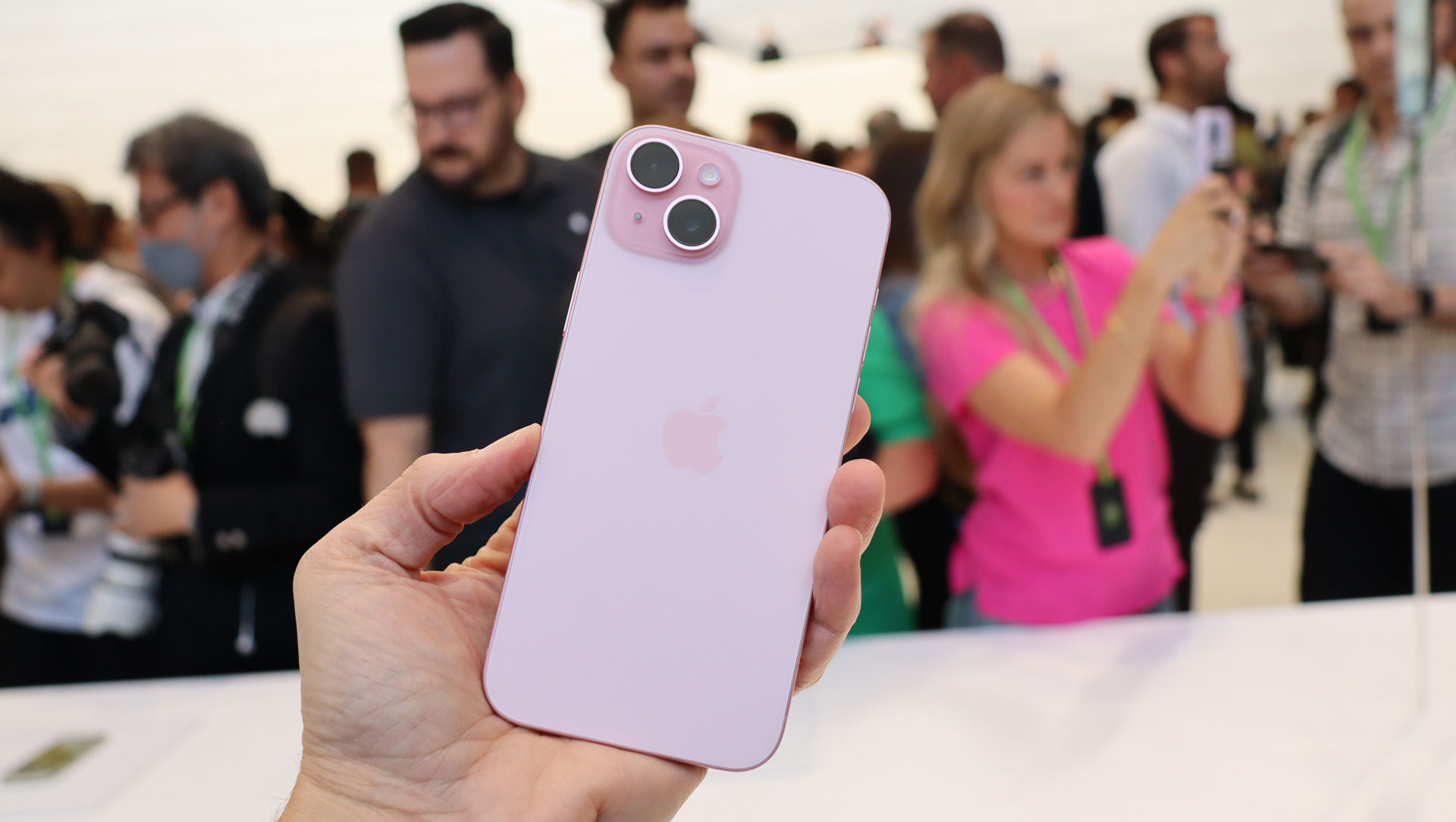











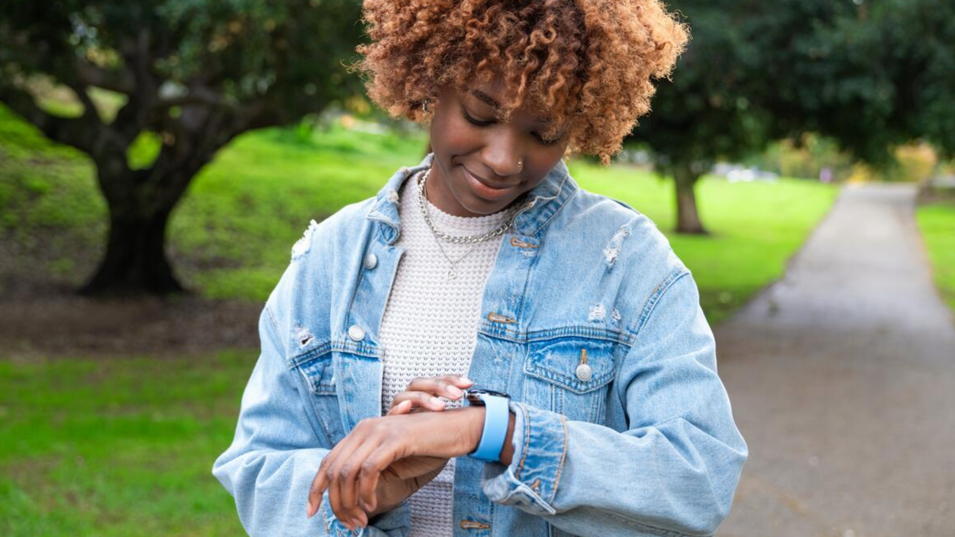
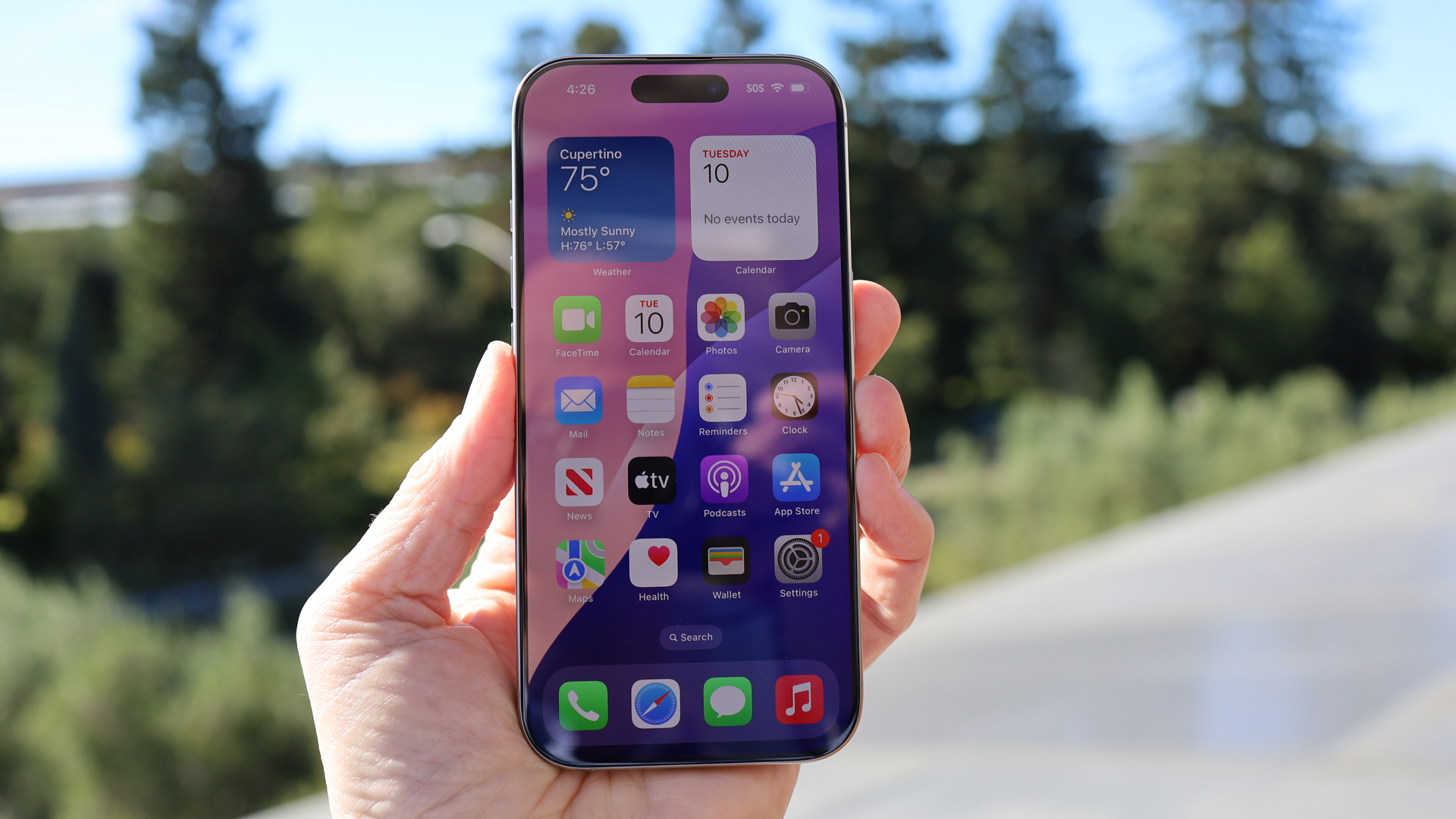





















































































































































![[The AI Show Episode 142]: ChatGPT’s New Image Generator, Studio Ghibli Craze and Backlash, Gemini 2.5, OpenAI Academy, 4o Updates, Vibe Marketing & xAI Acquires X](https://www.marketingaiinstitute.com/hubfs/ep%20142%20cover.png)



















































































































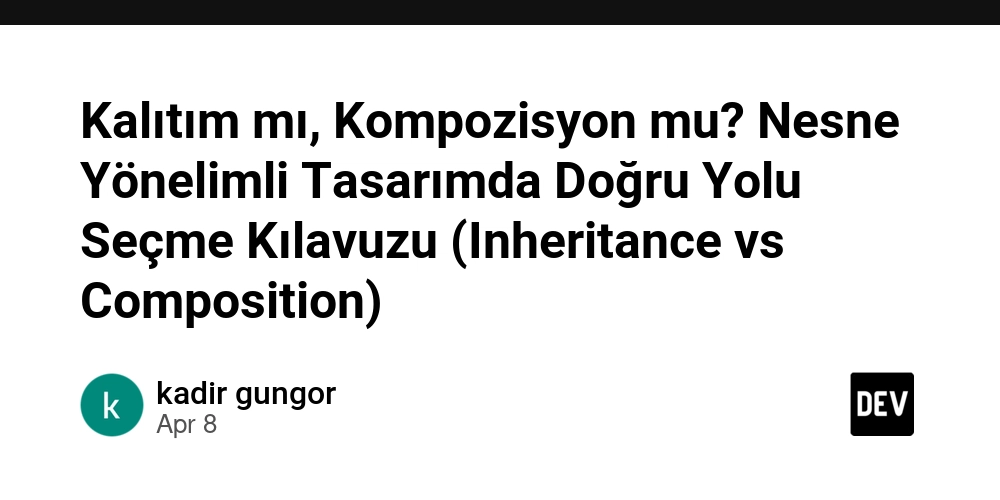


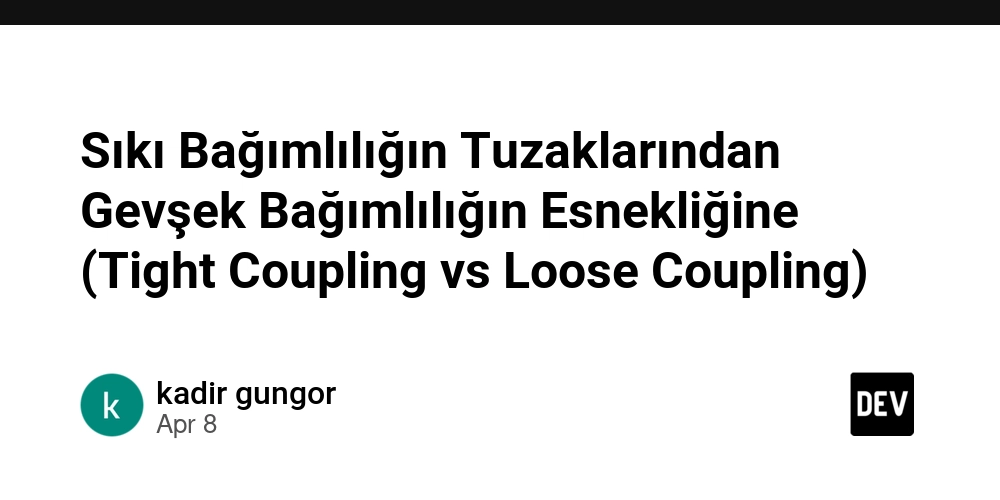











![From drop-out to software architect with Jason Lengstorf [Podcast #167]](https://cdn.hashnode.com/res/hashnode/image/upload/v1743796461357/f3d19cd7-e6f5-4d7c-8bfc-eb974bc8da68.png?#)














































-Mouse-Work-Reveal-Trailer-00-00-51.png?width=1920&height=1920&fit=bounds&quality=80&format=jpg&auto=webp#)
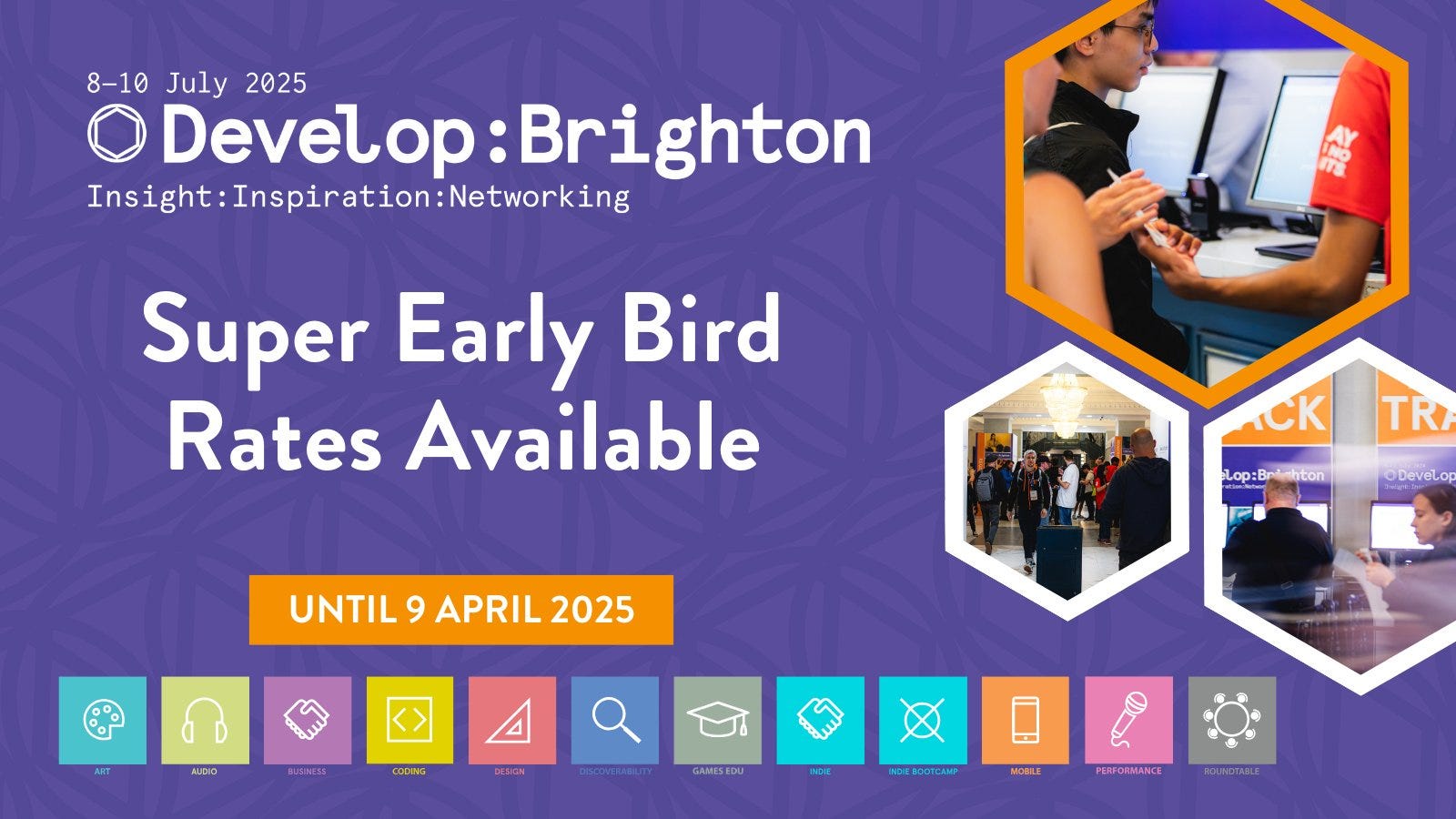
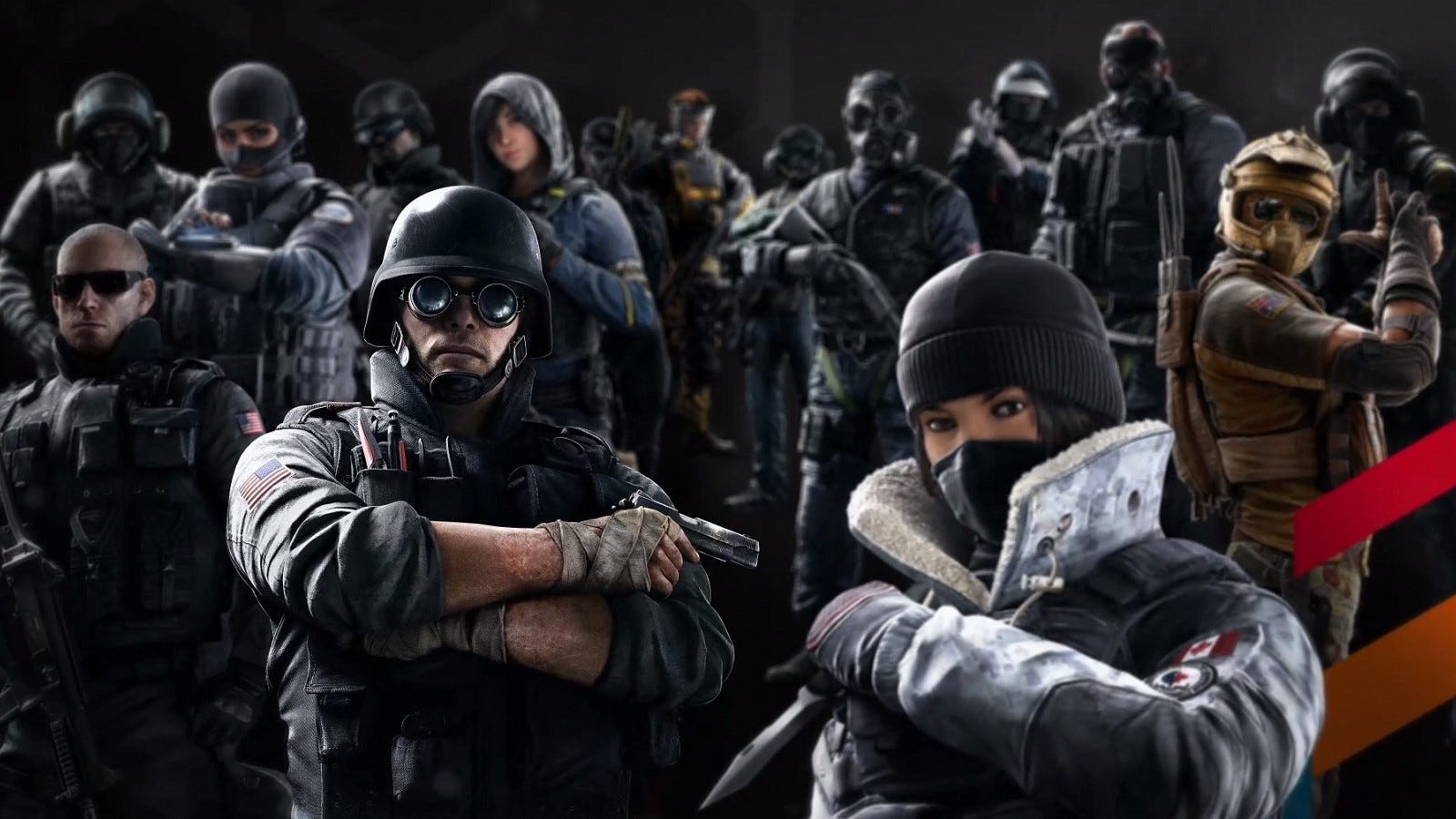





























































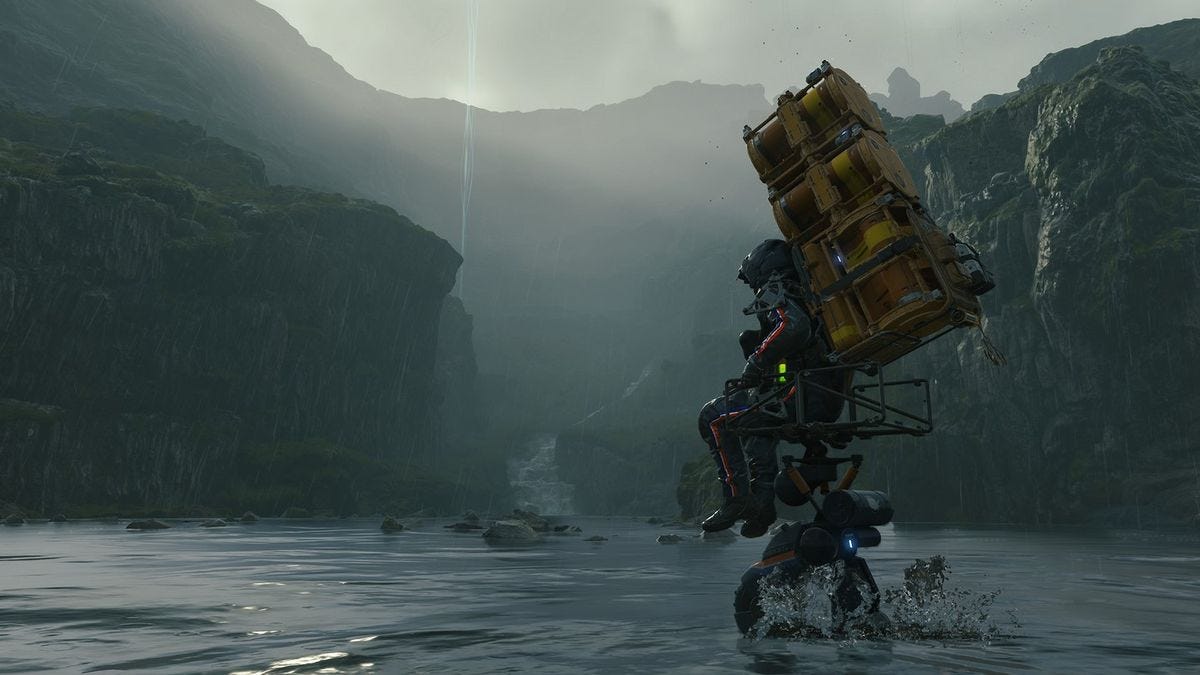



OSAMU-NAKAMURA.png?width=1920&height=1920&fit=bounds&quality=80&format=jpg&auto=webp#)













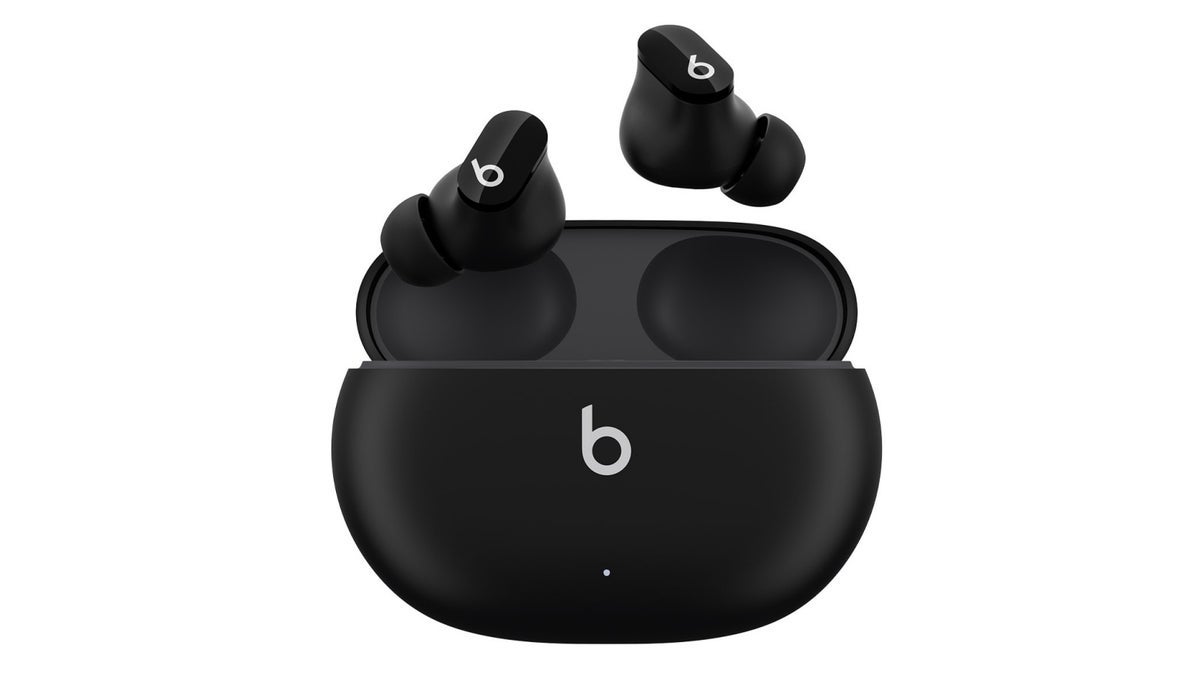












_NicoElNino_Alamy.png?#)
.webp?#)
.webp?#)



















































































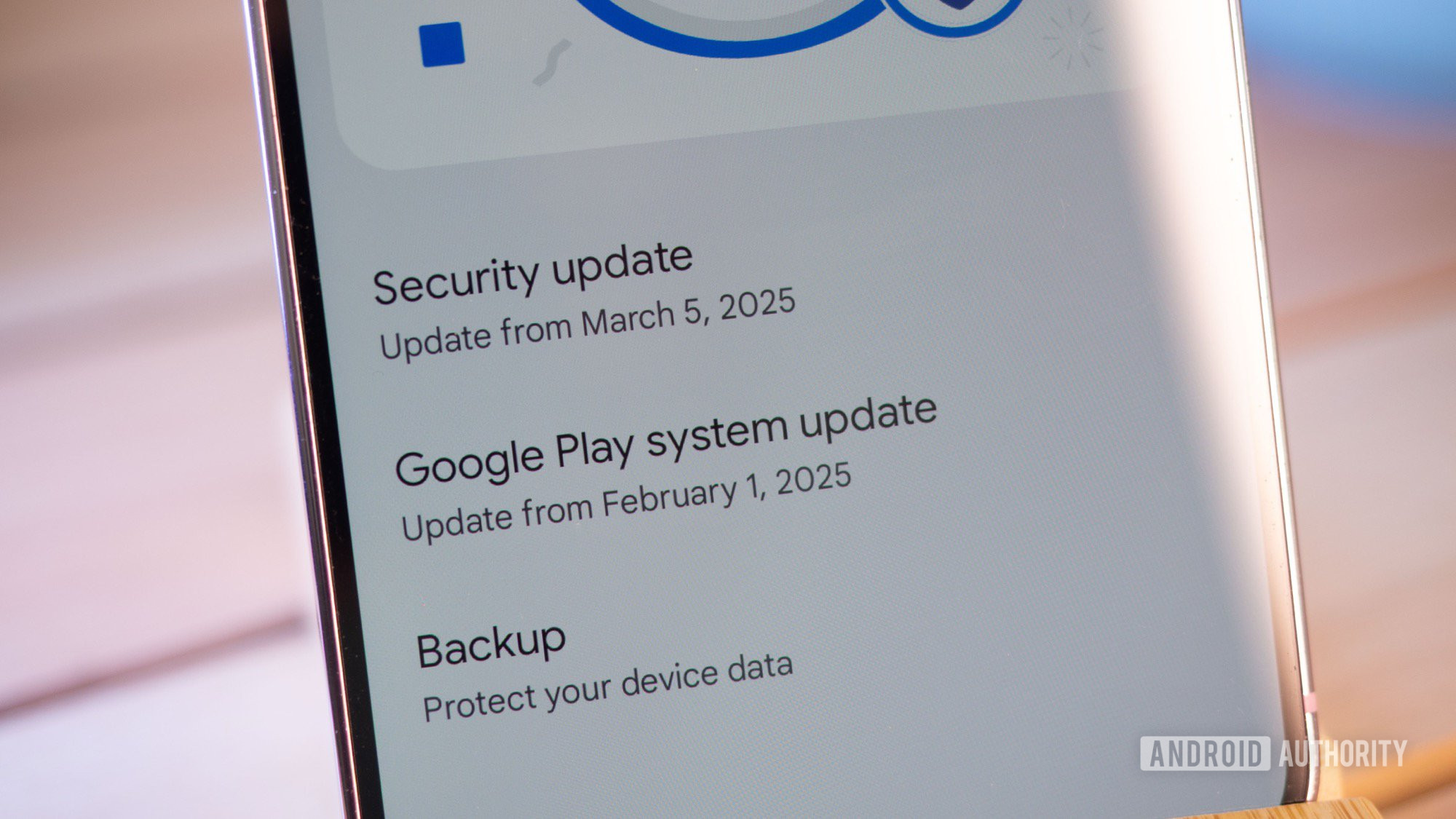
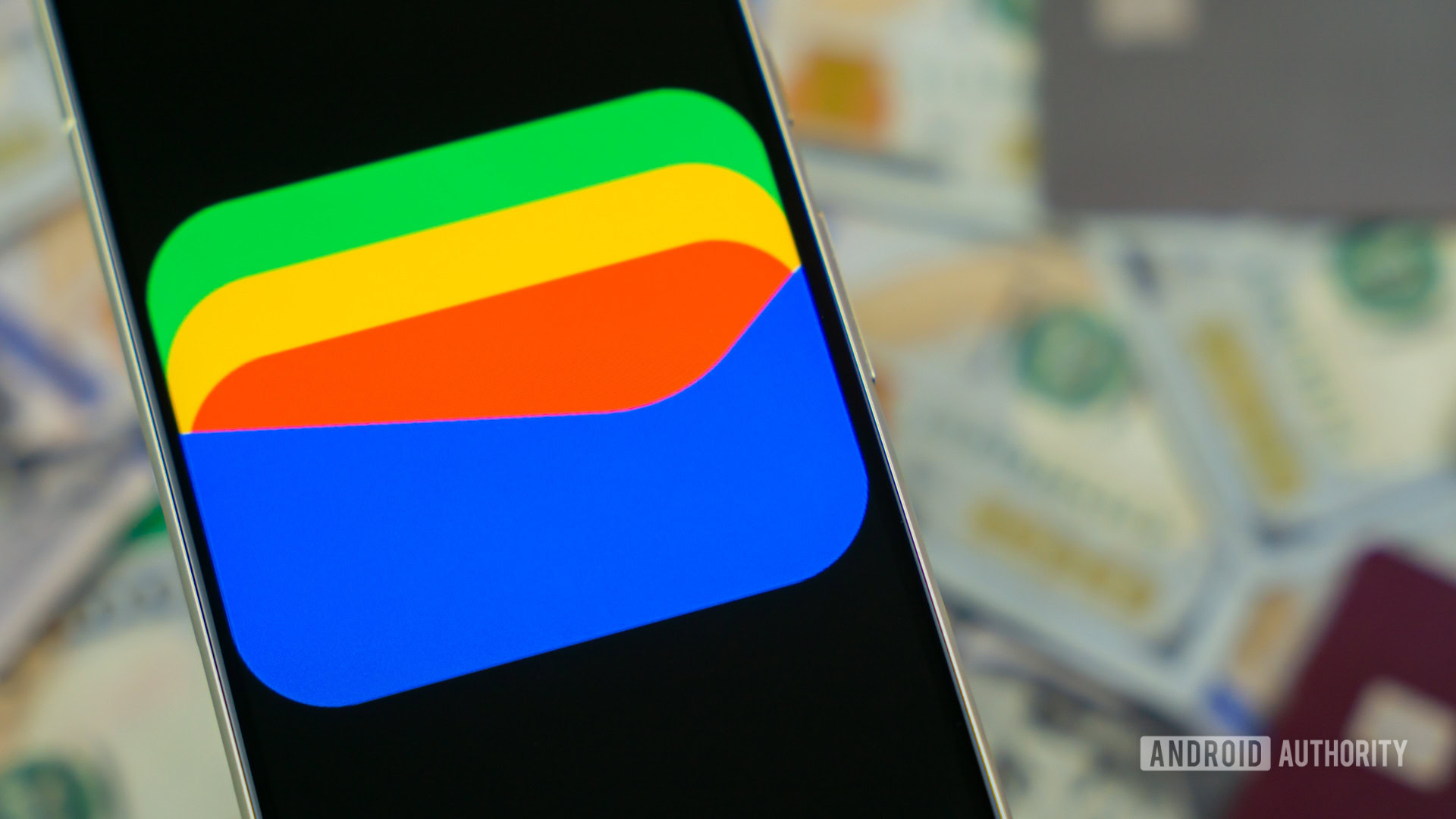
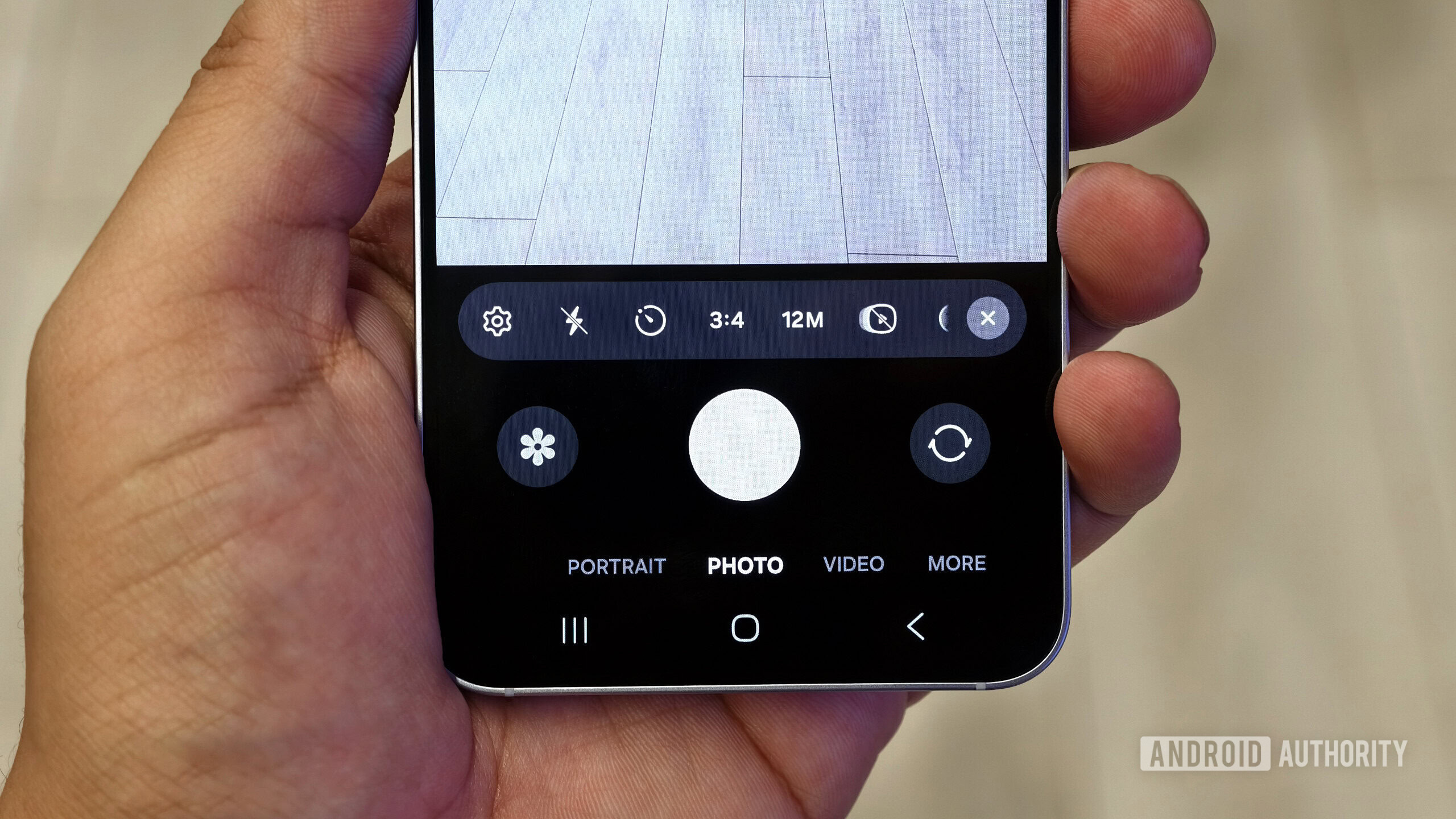














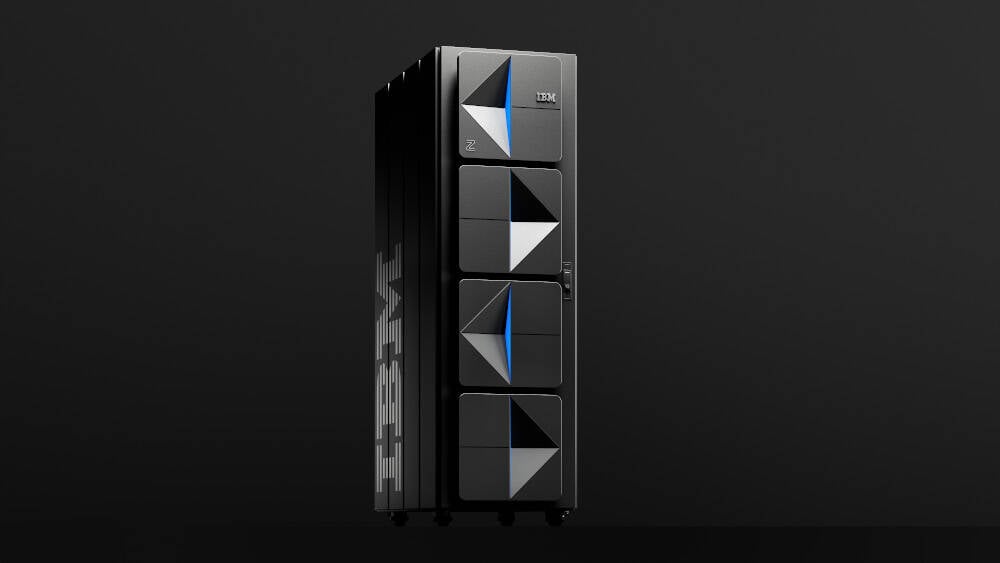



![New iOS 19 Leak Allegedly Reveals Updated Icons, Floating Tab Bar, More [Video]](https://www.iclarified.com/images/news/96958/96958/96958-640.jpg)

![Apple to Source More iPhones From India to Offset China Tariff Costs [Report]](https://www.iclarified.com/images/news/96954/96954/96954-640.jpg)
![Blackmagic Design Unveils DaVinci Resolve 20 With Over 100 New Features and AI Tools [Video]](https://www.iclarified.com/images/news/96951/96951/96951-640.jpg)












